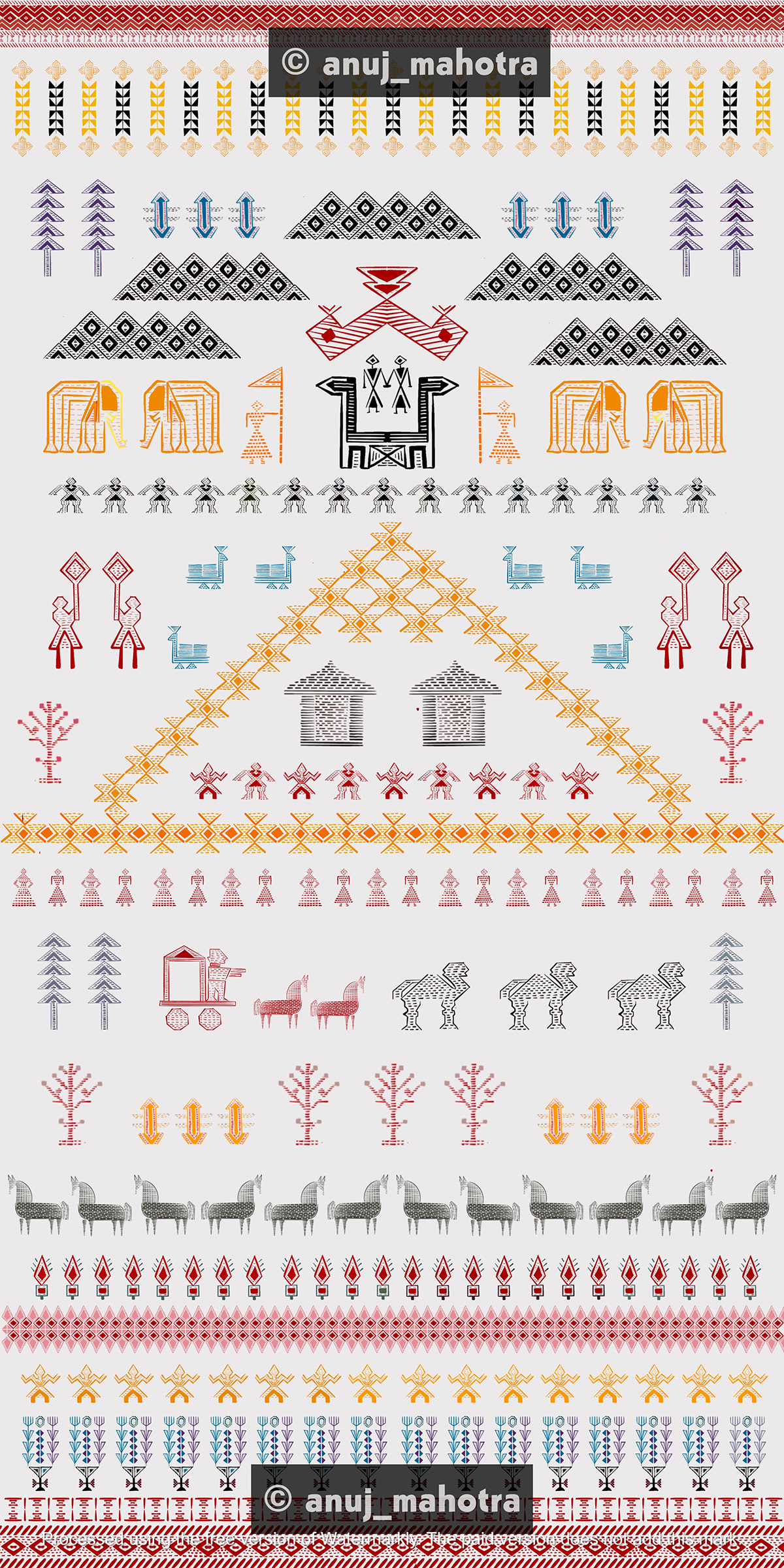Folklore / Body of Culture
The tale of Indian arts, crafts, and design is woven intricately into the very fabric of its history, as ancient as the land itself. The convergence of religion and culture is beautifully expressed through India's sculptures, paintings, earthenware, and textiles, unmatched in their splendor and significance. This extraordinary harmony bestows upon Indian crafts a truly distinctive and invaluable essence, this Collection is prime example of showcasing the syncretic culture in India, drawing aesthetic influences from its rich folklore a treasury of traditional customs and stories handed down through generations by the spoken word.
This enduring bond has not sustained itself for countless millennia by mere happenstance; rather, it owes its continuity to the unwavering dedication of Indian craftsmen to their artistry. For them, craftsmanship is not merely a means of livelihood; it holds a profound sacredness and spirituality, infusing each creation with heartfelt devotion. In an increasingly mechanized world, the crafts sector stands as a unique bastion that preserves the essence of human interaction. Every step of the crafting process relies on the personal touch of skilled artisans, upholding the sector's relevance and distinction in the modern era.
Designed for Homegrown Brand Earthstatic
Craft : Patola, Kharad & Dhabla
Product : Tapestry
Color Board

Design Reference 1

Design Reference 2

Patan Patola
Patan Patola is a highly revered and intricate form of double ikat weaving that originates from the town of Patan in Gujarat, India. It is renowned for its exquisite craftsmanship, vibrant colors, and complex geometric designs. The term "patola" is derived from the Sanskrit word "patolu," meaning silk fabric. What sets Patan Patola apart is its unique weaving technique. Unlike regular ikat, where either the warp or weft threads are tie-dyed before weaving, Patola involves both the warp and weft threads being tie-dyed separately and then carefully woven together to create the final pattern. This intricate process demands remarkable precision and skill.
Design Layout 1


Patan Patola
Design Layout 2

Kharad Weaving
Kharad weaving is a traditional handloom weaving technique that originates from the Kachchh region of Gujarat, India. It is known for producing sturdy and durable textiles, primarily used for making carpets, rugs, and floor coverings.
The process of Kharad weaving involves using a horizontal loom and strong, coarse fibers such as wool and cotton. The unique aspect of Kharad weaving is the use of a special interlocking technique where the weft threads are looped around the warp threads, creating a distinctive texture and pattern. This technique not only adds strength to the fabric but also imparts a distinct visual appeal.
Design Layout 1

Kharad Weaving
Design Layout 2

Dhabla / Bhujodi
Bhujodi weaving is a traditional handloom weaving technique hailing from the Bhujodi village in the Kachchh district of Gujarat, India. It is renowned for producing finely crafted textiles, often incorporating intricate patterns and vibrant colors.
What sets Bhujodi weaving apart is its emphasis on using locally sourced materials and traditional methods. Artisans in Bhujodi work with natural fibers like wool, cotton, and sometimes silk, creating a wide range of products including shawls, scarves, blankets, and garments.
The weaving process in Bhujodi involves using a traditional pit loom, where the warp and weft threads are skillfully interwoven to create the desired patterns. The village is particularly known for its intricate and geometric designs, often inspired by nature, cultural symbols, and daily life.
Design Layout 1

Dhabla / Bhujodi
Design Layout 2





